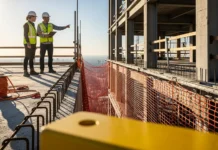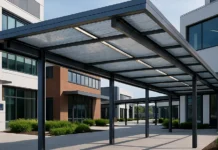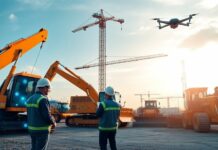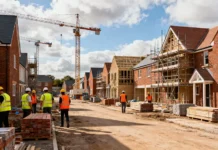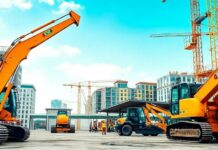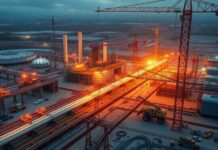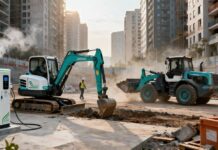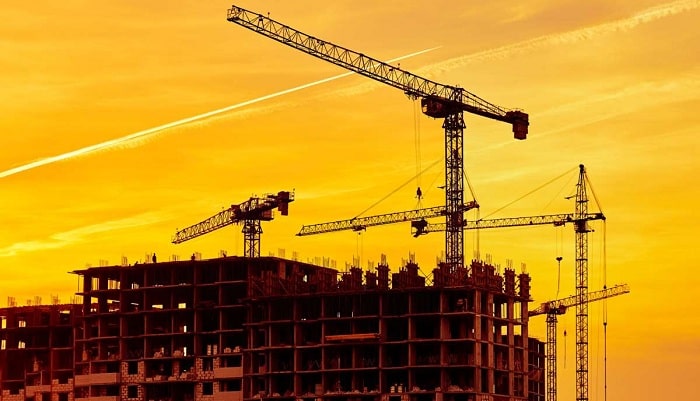The spending when it comes to non-residential construction in the US has progressed quite
significantly since the beginning of the COVID-19 pandemic, however the inflation has
indeed gone on to limit the effect of that spending on the sector, as per the chief economist
for the Associated Builders and Contractors, Anirban Basu.
Speaking in one of the webinars on March 27, 2024, on the economic state of the industry,
Basu pointed to the fact that the U.S. Census Bureau data demonstrated that total non-
residential construction spending surged 34.8% from February 2020 to January 2024. But
when adjusting for inflation, he added that the increase happens to be much closer to about 13%.
The fact is that so much of the growth within the US construction spending has not been due to construction firms combinedly have been offering more services to the users of
construction services, but because they have been charging more for the services, they go on to deliver, Basu said.
Immense growth has been driven due to the forces transforming the economy, Basu said. The highest increase in spending among the different construction sectors from the beginning of the pandemic is a 187.3% surge when it comes to manufacturing construction, as per the Census Bureau.
Basu remarked that he was indeed way too pessimistic in 2023 as far as his forecasts were
concerned, as the economy has gone on to avoid entering a recession mode, as he and other economists had remarked was likely. But the construction market may as well have a
tumultuous period. He added that he believes difficulties in terms of getting financing may
hinder non-public projects, as he underscored the Architecture Billings Index, which has
consistently been below 50, which means a dip in business, for seven months straight.
It is well to be noted that most contractors who happened to be polled during the webinar
remarked that their leading challenge now is a shortage of skilled workers. Basu added that
he anticipates that the shortage will continue.
With numerous mega projects as well as public infrastructure projects coming up for the next several years, one is going to have these shortages for a very long time to come, he added.
Some other elements that happen to be challenging the industry have been enhanced. Supply chains have mostly gone on to become more dependable since late 2021, said Basu. And also, funding when it comes to spending bills like the Infrastructure Investment and Jobs Act will go on to continue to push funding for public projects through 2026.





